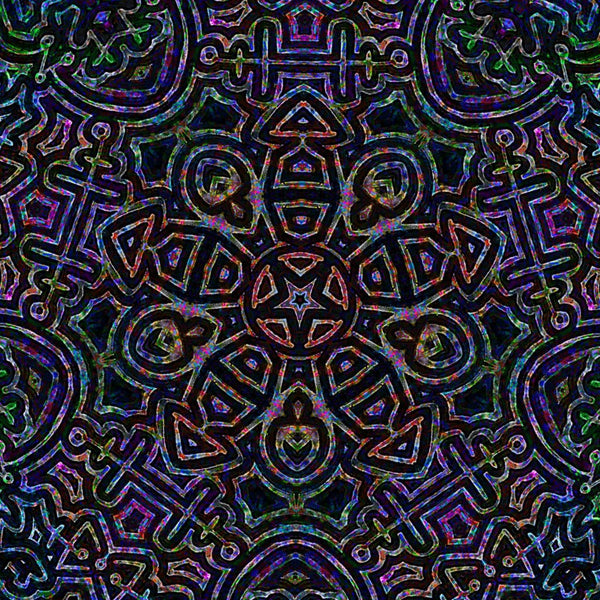Your Cart is Empty
Buy Any 4 Items, Get 15% Off Your Order!
Buy Any 4 Items, Get 15% Off Your Order!
Exploring Harmony and Beauty: The Seven Japanese Aesthetic Principles
November 26, 2023

At the heart of Japanese aesthetics are seven principles that guide artistic expression and daily life, elevating the ordinary to the extraordinary. These principles, deeply rooted in Japanese tradition, provide a unique world lens.

Fukinsei (不均整): Asymmetry and Balance
At the core of Japanese aesthetics lies the principle of Fukinsei, celebrating imperfection and asymmetry. Embracing the idea that perfect symmetry can be sterile and lifeless, Fukinsei encourages an appreciation for balance that is achieved through asymmetrical elements. This principle can be observed in traditional Japanese gardens, where carefully placed rocks and irregularly shaped ponds create a sense of harmony that resonates with the natural world. In art and design, Fukinsei invites a departure from rigid uniformity, welcoming a dynamic equilibrium that is both captivating and soothing.
Kanso (簡素): Simplicity
Kanso, the principle of simplicity, advocates for the elimination of unnecessary elements to reveal the essence of a subject. It is the art of refining and distilling, allowing for a profound connection with the essential. This principle is embodied in traditional Japanese architecture, where clean lines and uncluttered spaces foster a sense of calm. The simplicity of a well-executed tea ceremony or a minimalist haiku poem reflects the mastery of Kanso, guiding the observer to find beauty in the unadorned and appreciate the elegance of the uncomplicated.

Seijaku (静寂): Tranquility
Seijaku, the principle of tranquility, is an ode to the serenity found in moments of quiet contemplation. It is a state of peacefulness that permeates traditional tea ceremonies, where every gesture is intentional, and silence speaks volumes. This aesthetic principle underscores the value of introspection and the beauty of finding calm within the chaos. Japanese ink paintings often embody Seijaku, using negative space to evoke a sense of quietude, allowing the viewer to experience the profound beauty that emerges from stillness.
Shizen (自然): Naturalness
Shizen, the celebration of naturalness, encourages an alignment with the organic rhythms of the world. Rooted in the reverence for nature, this principle is evident in various aspects of Japanese art, from the delicate cherry blossoms depicted in paintings to the flowing lines of calligraphy that emulate the grace of a meandering river. Shizen invites artists and individuals to express themselves authentically, allowing the inherent beauty of simplicity and imperfection to shine through. It is an acknowledgment that true artistry lies in capturing the essence of the natural world without unnecessary embellishment.

Yugen (幽玄): Profundity and Mystery
Yugen invites individuals to embrace the beauty of the mysterious and the profound. It is an aesthetic principle that goes beyond the surface, encouraging contemplation and introspection. In literature, Yugen is present in the subtle and poetic, leaving room for interpretation and imagination. It is also evident in traditional Japanese theater, where the use of masks and symbolic gestures adds layers of meaning that extend beyond the visible. Yugen beckons individuals to explore the depths of experience, acknowledging that true beauty often resides in the enigmatic and the unseen.
Geido (芸道): The Art of Doing
Geido, the art of doing, emphasizes the importance of disciplined practice and mastery in the pursuit of aesthetic excellence. Whether it's the meticulous artistry of the tea ceremony or the precision of ikebana (flower arranging), Geido underscores the idea that true beauty emerges from dedicated effort and a commitment to continuous improvement. It is a principle that values not only the final product but also the journey of refinement and growth. Geido serves as a reminder that the path to aesthetic mastery is a lifelong pursuit, requiring patience, dedication, and a deep appreciation for the craft.

Datsuzoku encourages a departure from the conventional and the mundane. It is a celebration of the unconventional and the avant-garde, encouraging individuals to break free from societal expectations. This principle is embodied in the world of Japanese ceramics, where irregular shapes and unconventional glazes create pieces that are both functional and artistic. Datsuzoku invites a sense of playfulness and experimentation, challenging individuals to find beauty in the unexpected and the unconventional.
By exploring these principles, we open ourselves to a world of aesthetic richness, inviting a deeper appreciation of the beauty that surrounds us.
Leave a comment
Comments will be approved before showing up.
Also in Sacred Surreal Blog
newsletter signup
Be the first to know about upcoming sales and promos. Get a 10% discount coupon when you subscribe!
Subscribe
Sign up to get the latest on sales, new releases and more …

Storewide Sale!
Buy any 4 items and get 15% off your total order! For a limited time only.



